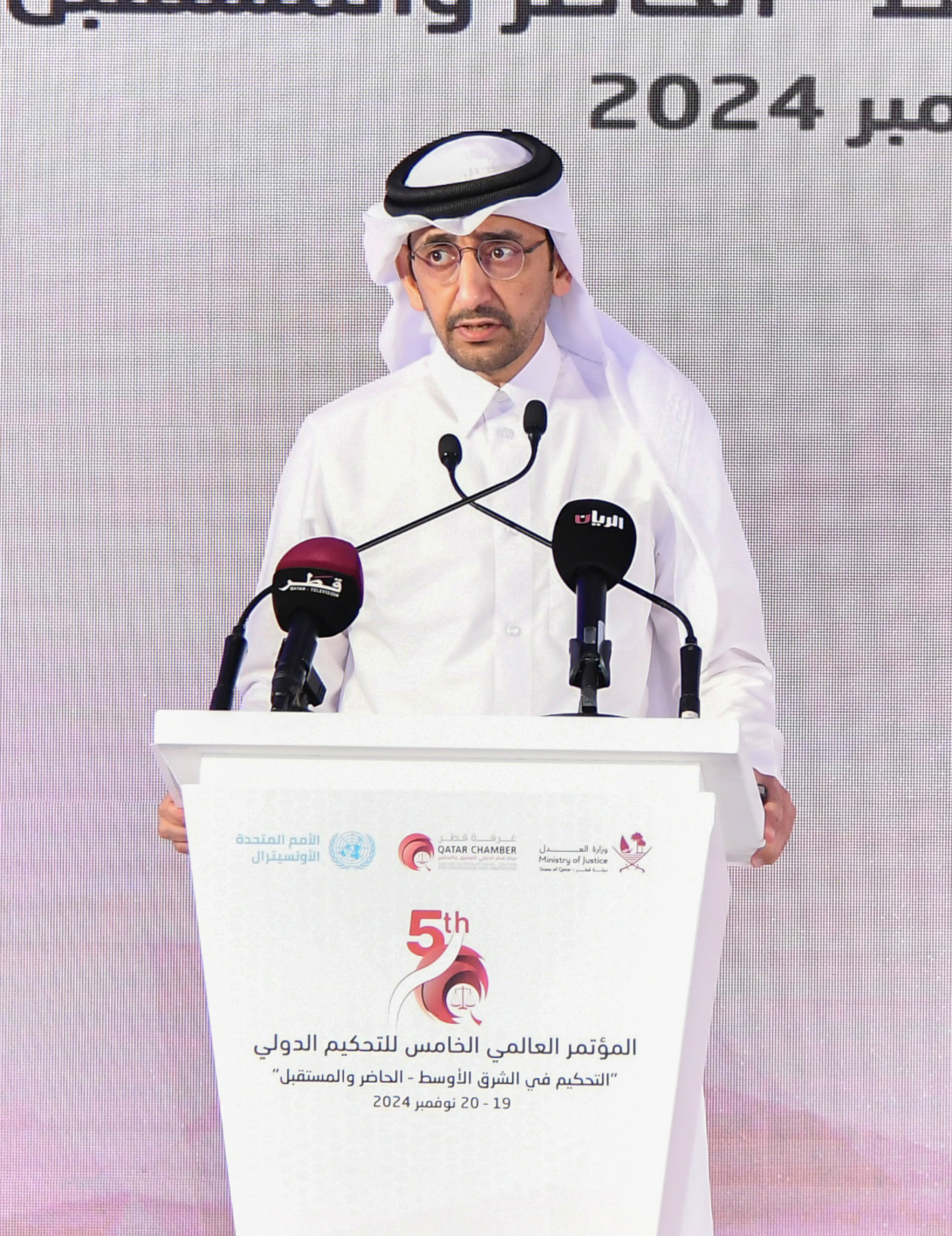
Qatar’s healthcare sector will be contending with a larger, older and sicker population in the coming years, according to a new regional report that forecasts the nation’s health spending will double to US$8.8 billion by 2020.
The fact that many people are living for longer but with more costly illnesses such as diabetes and obesity is primarily driving this trend, Alpen Capital’s GCC Healthcare Industry report 2016 said.
The report predicted that demand for hospital care is expected to increase steadily (2.9 percent in compound annual growth rate) in the coming five years.
By 2020, Qatar will need nearly 3,300 beds, it added.
The country currently has 2,862 hospital beds for its 2.4 million people, or 11.9 per 10,000 people.
This is well below the world average of 27 beds per 10,000 people, or 54/10,000 for high-income countries.
Expansion plans
Aware of the increasing pressure on its existing facilities, authorities are planning a significant expansion of Qatar’s hospitals and health centers.
Sidra Medical and Research Center, valued in the report at $2.4 billion, is set to bring in an additional 400 beds when it does finally open.
However, the project has faced years of delays and no official launch date has been set.

Meanwhile, a new $1 billion medical city and trauma mass casualty hospital near Qatar University is also in the works.
When Ashghal initially opened the tender process for the project in 2014, it said the complex would create an additional 1,100 beds when it was completed by 2022.
The projects and other facilities are expected to create a further 1,067 hospital beds by 2018 and 1,582 beds by 2033, which should more than meet predicted demand, the report said.
Spending more
Qatar’s total healthcare costs have significantly increased from 2008, when the industry was worth $2.2 billion, to $4.4 billion in 2013, according to World Health Organization (WHO) figures quoted in the report.
This equates to a compound annual growth rate of 15.4 percent – significantly more than the GCC average of 10.3 percent over this period.

In the five years to 2020, spending is predicted to double again to reach $8.8 billion, reflecting a CAGR of 12.7 percent, Alpen Capital said.
This puts Qatar in the middle of the table in terms of health spending forecasts for the region.
Meanwhile, Kuwait is predicted to increase spending by 13 percent CAGR, while Saudi Arabia’s will rise by 11 percent, the report said.
When studying healthcare spending as a percentage of GDP, Qatar comes in at the bottom of the table.
In 2013, the nation spent 2.2 percent of its GDP on health, compared to a GCC average of 3.1 percent.
The global average is 10 percent and the US spent more than 17 percent of its GDP on health, the report said, citing WHO, International Monetary Fund and World Bank figures.

However, Qatar topped the regional table in terms of per capita spending, which stood at $2,043 per person according to 2013 figures.
In the past, the Qatar government has paid for 80 percent of the country’s total healthcare spending, with the remainder made up by the private sector, the report said.
It seems this is slated to change, as the Ministry of Economy and Commerce (MEC) and the then-Supreme Council of Health (SCH) have ear-marked five sites that could be used for public-private partnership (PPP) health projects, Alpen added.
Across the region, the report’s authors predicted that the private sector will play an increasing role in off-setting government costs.
Challenges
One of the issues facing not just Qatar but the rest of the region is the rise in lifestyle illnesses such as diabetes and obesity.
Some 42.3 percent of adults in Qatar are obese – the highest rate in the region (which has an average of 36.7 percent), and the chronic nature of these conditions means more people need ongoing care for complex health issues.
This increases costs and will continue to put healthcare systems under pressure, the report said.

Coupled with this, people are living longer. Qatar’s life expectancy is now 78.6 years, the highest in the GCC and just behind the US average of 79.1 years.
Meanwhile, infant mortality is declining. In 1993 there were 14.7 infant deaths per 1,000 live births, while 20 years later in 2013 this dropped to just 7.2 per 1,000.
According to Alpen:
“A rising population, high disposable income, rising life expectancy, low infant mortality, and increasing prevalence of lifestyle diseases such as diabetes, high blood pressure, and obesity have led to a concurrent increase in the demand for healthcare services.”
Additionally, Qatar and other GCC nations continue to grapple with a shortage of skilled medical professionals.
In terms of nurses to patients, Qatar fared well, with 62 nurses per 10,000 people, the highest in the region.
But it has just 28 physicians (including dentists) per 10,000 people.
While this is slightly higher than the GCC average of 26/10,000, it falls some way behind Kuwait’s rate of 35/10,000 and neighboring Bahrain’s, which stands at 32/10,000.

Qatar is among the countries trying to increase the number of locally-trained doctors and nurses by expanding its existing medical programs at universities, this will take years to have an effect.
“Although such efforts are likely to bear fruits in the long term, the sector is likely to face a dearth of healthcare professionals in the near term,” the report states.
The report notes that another driver for the projected increased costs for all the states in the coming years is a move by governments to introduce mandatory health insurance.
Qatar’s Seha program, which was supposed to be rolled out to expats as well as nationals, folded at the end of last year.
In a statement issued at the time, the Cabinet said:
“The SCH in cooperation with the Ministry of Finance will provide Qatari nationals with insurance coverage through one or more leading insurance companies in the country within the next six months, and without placing extra burden on the citizens.”
You can read a copy of the full report here.
Thoughts?







